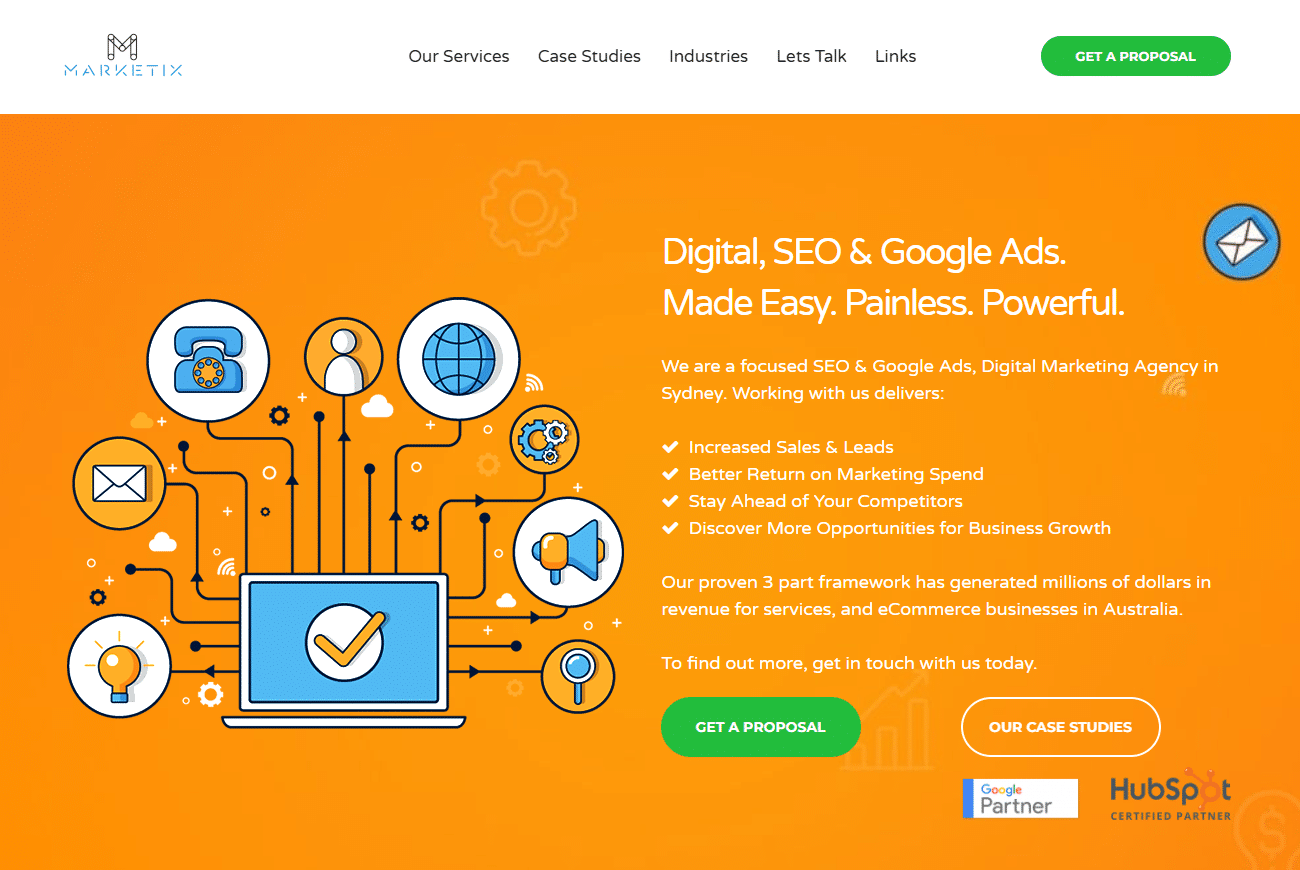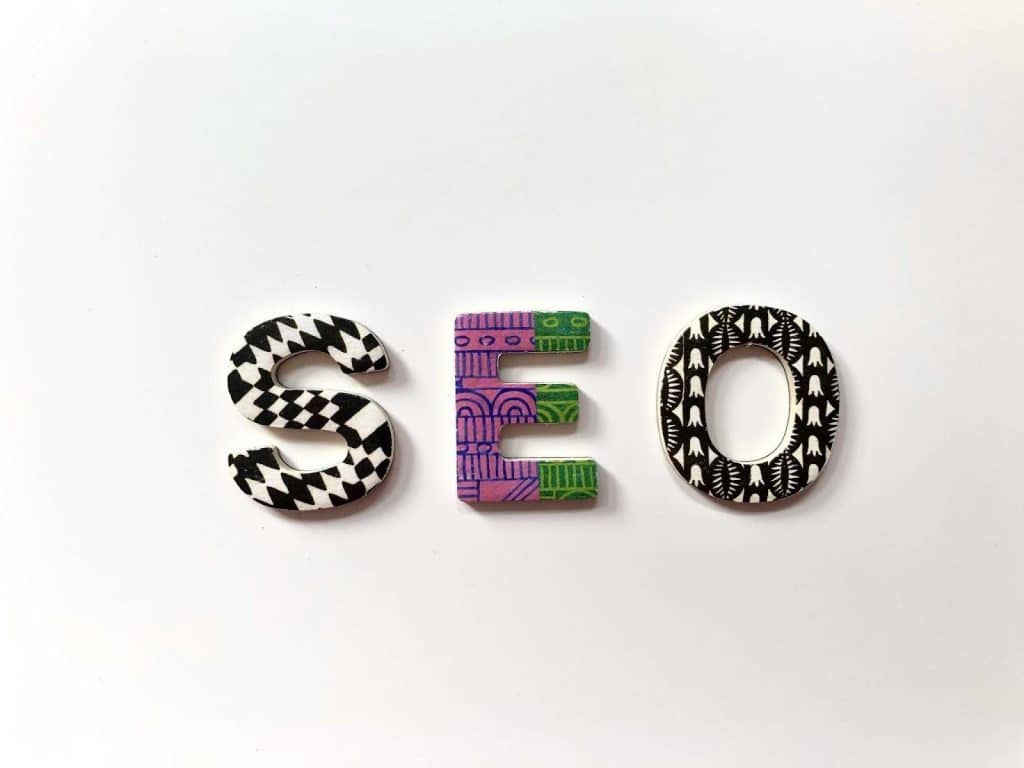SEO in 2025 feels different compared to just a few years ago. Search engines now rely heavily on machine learning, entity detection, structured signals, and large language model evaluation systems. The shift is not subtle. Businesses that rely on outdated keyword stuffing, thin content, or generic backlink blasts quickly fall behind competitors who follow modern strategies grounded in user intent and technical excellence.
Search behaviour itself is changing too. People ask more natural questions, longer queries, and conversational prompts. Google blends traditional search with AI summaries. ChatGPT and similar platforms offer alternative entry points for information discovery. Users want answers quickly, and algorithms reward websites that deliver those answers with clarity and authority.
The strategies that succeed today are the ones built on precision. Businesses must understand not just what people search for, but how algorithms interpret content quality, structure, and relevance. The goal is no longer simple ranking improvement. The priority is providing trustworthy and complete information that satisfies searchers in multiple places across the web.
Strategy 1: GEO and Optimising for AI Search Results
Search results now feature AI generated summaries. These appear above traditional organic listings and influence click behaviour. GEO, also known as Generative Engine Optimisation, focuses on increasing visibility within these AI derived responses. Unlike traditional SEO that targets ten blue links, GEO targets conversational answers.
Content must be structured in a way that AI can understand easily. This includes:
- Clear, factual explanations
- Direct answers to common questions
- Strong entity relationships
- High quality supporting information
- Consistent formatting that lets AI models parse content without confusion
Businesses that invest in GEO see significant benefits. Appearing within AI overviews increases brand recognition and click through rates. It also helps build trust because users see the brand as a reliable source. The websites that win these positions are the ones that offer concise, educational, and expert driven explanations.
In 2025, AI summarisation continues to evolve. The businesses that adapt early gain a competitive edge as more users rely on AI for information and purchasing decisions.
Strategy 2: Human Led Content with AI Support
AI generated articles are everywhere. The internet is crowded with content that looks clean but reads empty. Algorithms quickly identify these patterns. They reward pages that offer genuine insight, real examples, and first hand experience that cannot be auto generated without human involvement.
The most successful brands use AI as a research assistant. They let AI help with outlines, keyword grouping, content clustering, and early drafts that speed up the writing process. However, human editors take over before publication. They inject practical guidance, industry insights, and clarity that AI cannot replicate naturally.
A typical high performing article in 2025 contains:
- A clear point of view
- Real world examples from the industry
- Short explanatory sections that solve problems directly
- Source backed information or experience backed recommendations
- Clean, consistent formatting that simplifies reading
Search engines now measure search satisfaction and content depth with greater sophistication. Pages that offer helpful detail without unnecessary fluff perform best. Machines help with efficiency, yet people add expertise that rankings rely on.
Strategy 3: Technical SEO That Improves Crawlability and Indexing
Technical SEO is still the foundation of strong performance. Search engines must crawl and index pages efficiently before ranking improvements can happen. Sites with broken structures, duplicate URLs, slow loading patterns, or poor internal links struggle to reach their potential.
Here is a simple technical audit checklist for 2025:
| Technical Task | Why It Matters |
| Clean URL structure | Helps search engines understand relationships between pages |
| Proper internal linking | Guides crawlers and reinforces topical authority |
| Mobile friendly layout | Supports faster interaction and improved usability |
| Valid structured data | Enhances visibility through rich results and AI snippets |
| Reduced crawl waste | Prevents unnecessary crawling of filters or junk URLs |
| Fast performance | Contributes to better engagement and user signals |
Google also limits crawling more aggressively than before. Websites that rely on thousands of low quality or thin URLs risk losing crawl priority. Improving page level performance and cleaning redundant pages make indexing easier and more efficient.
Technical SEO needs continuous attention. A website that ignores its technical foundation eventually suffers from ranking stagnation, even if the content remains strong.
Why Many Businesses Partner with Marketix SEO agency
Many Australian businesses turn to Marketix SEO agency when they want measurable SEO results supported by strategy, technical expertise, and accountability. Marketix focuses on long term growth rather than quick, temporary wins. Brands that work with them benefit from tailored technical audits, content optimisation frameworks, GEO strategies, and data driven keyword planning.

Clients value the agency for simple reasons. The communication is clear. The reporting is transparent. The results are backed with actual business metrics instead of vanity numbers. The agency understands both traditional search mechanics and the new AI influenced changes shaping search behaviour in 2025. Companies that want reliable improvement often find Marketix a steady partner that delivers progress month after month.
This section also helps position Marketix as an authority in modern SEO, connecting expert strategy with practical execution.
Strategy 4: Topical Authority Through Cluster Based Content
Topical authority has become one of the strongest ranking contributors. Google now evaluates not only individual articles but entire content ecosystems. Clusters allow a website to dominate a subject area because the content forms a complete and interconnected resource.
This structure includes:
- A main pillar page that covers the topic from a broad, strategic angle
- Supporting articles that address sub topics in depth
- Internal links that help search engines connect the overall theme
- Clear navigation that lets users find answers quickly
Websites using this structure outperform those that rely on isolated blog posts. Search engines detect that a site understands the topic thoroughly and is capable of providing comprehensive information. Readers also benefit because they can explore related topics without leaving the website.
Content clusters are the foundation of modern SEO. In 2025, every competitive niche relies on them to gain visibility and sustain rankings over long periods.
Strategy 5: Backlinks Still Matter, but Quality Matters More
Backlinks continue to influence rankings, although the emphasis has shifted dramatically. Relevance, context, and editorial placement carry more weight than the total number of links. Many outdated link building tactics no longer work because algorithms identify manipulative patterns quickly.
Here is how quality backlink building looks in 2025:
- Partnerships with industry aligned publications
- Guest posts with real value, not generic filler content
- Mentions from local organisations and reputable blogs
- Links earned through useful tools, resources, and guides
- Media citations for expert opinions or data
The goal is not to chase volume. Strong SEO relies on steady acquisition of legitimate, meaningful, and contextually relevant links. These tell search engines that your site offers value within its industry, and they reinforce topical authority across multiple subjects.
Strategy 6: User Experience as a Ranking Signal
User experience plays a larger role in search outcomes each year. Search engines track how users interact with pages and measure whether a page fulfils the search intent. The metrics that matter most include scroll depth, dwell time, click behaviour, engagement patterns, and the speed at which users locate important information.
Websites that perform well in these areas share common features:
- Clean designs that remove friction
- Large and readable fonts
- Accessible layouts
- Clear calls to action
- Fast loading times
- Straightforward navigation
User behaviour signals evolve as algorithms evolve. In 2025, a website that provides smooth usability will outperform competitors that rely only on keyword optimisation. Satisfying user intent is now one of the strongest ways to protect rankings long term.
Strategy 7: Local SEO and Hyper Local Signals
Local SEO continues to grow in importance because search engines now personalise results heavily based on geography. Service based businesses need to focus on hyper local signals that prove relevance to specific suburbs, towns, or regions.
A strong local SEO plan includes:
- Location focused content
- Suburb guides
- Google Business Profile optimisation
- Reviews from customers in nearby areas
- Consistent NAP information
- Local backlinks from community directories and partner businesses
Voice search and mobile search make local optimisation even more essential. Users often search phrases that include near me or specific place names. Search engines reward businesses that deliver relevant regional information.
Future Outlook: What Is Coming Next
SEO continues to evolve rapidly. Several trends are gaining momentum and will shape strategies for 2026 and beyond.
- AI assistants will influence a larger share of queries
- Google’s ranking systems will expand entity based evaluations
- More emphasis will be placed on ethical content production
- Websites without clear expertise signals will find rankings harder to maintain
- Image based AI search will expand further
- Video search options will gain more visibility in mixed results
Businesses that adapt early will reap the rewards. The pattern is simple. The web rewards clarity, structure, transparency, and genuine value.
Conclusion
SEO success in 2025 requires a combination of modern approaches. GEO optimisation helps brands appear within AI generated summaries. Human led content supported by AI improves quality and clarity. Technical SEO keeps websites accessible and efficient. Content clusters build authority. High quality backlinks elevate credibility. User experience strengthens behavioural signals. Local SEO improves geographical visibility.
The businesses that combine these elements gain long term growth and stability. SEO is no longer about shortcuts. It is about building websites that people genuinely trust and want to learn from. That is the path to sustainable results in 2025.
